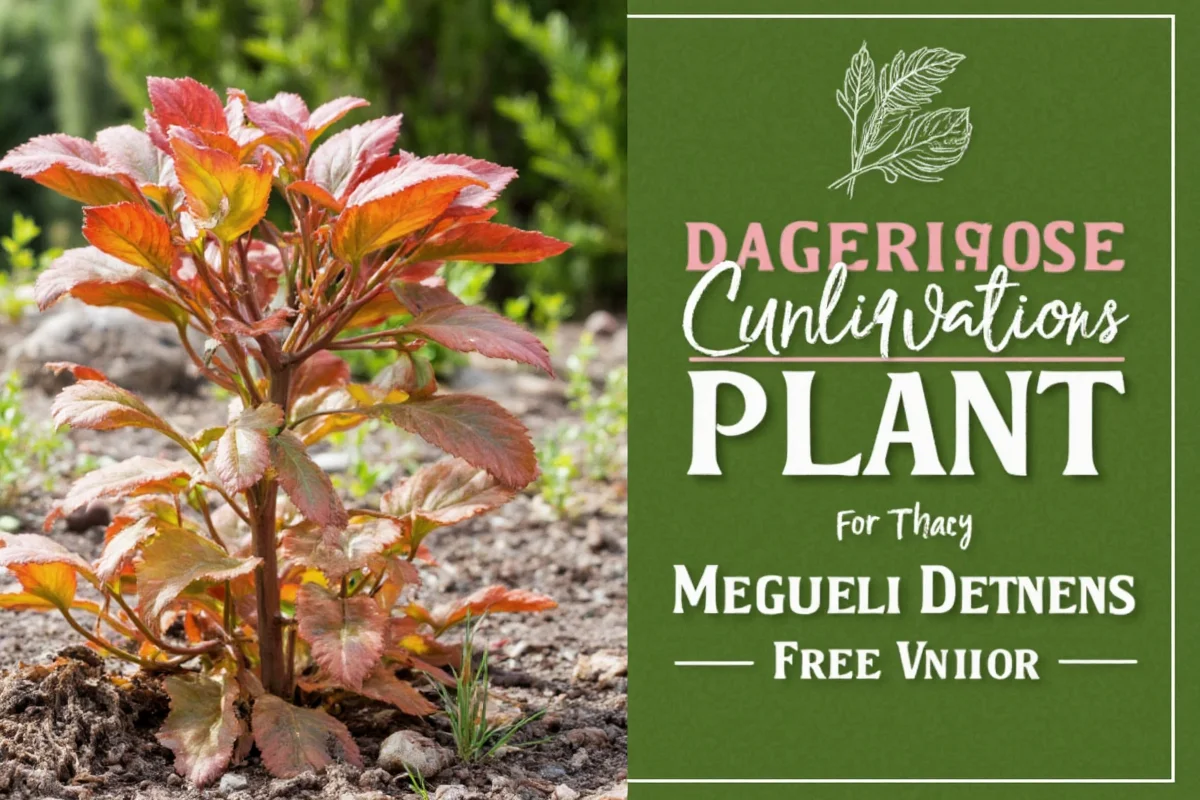Choosing the right pot for your succulents and cacti is crucial for their health and aesthetic appeal. These plants are known for their ability to store water and thrive in dry climates, but they still require proper care to flourish. This article provides an in-depth guide to selecting the perfect pot for your succulent and cactus plants, focusing on key factors like material, size, drainage needs, style, and environmental conditions.
Material Considerations
- Terracotta Pots: These porous clay pots are a favorite among gardeners who love succulents and cacti. The porous nature allows for better air circulation and the evaporation of excess moisture, helping to prevent root rot.
- Ceramic Pots: Glazed ceramic pots can be aesthetically pleasing and offer a wide range of colors and designs. However, it's essential to ensure that they have sufficient drainage holes.
- Plastic and Resin Pots: Lightweight and often cheaper options come in a variety of designs. Though less breathable than clay pots, they can retain moisture, which can be advantageous in dry climates.
| Material | Pros | Cons |
|---|---|---|
| Terracotta | Breathable, prevents root rot | Heavy, fragile |
| Ceramic | Decorative, durable | May lack drainage |
| Plastic/Resin | Lightweight, affordable | Less breathable |
Pot Size and Shape
- Size Matters: When choosing a pot for succulents and cacti, size is crucial. Avoid very large pots as they can retain more soil moisture than needed, leading to root rot.
- Height and Width: A good rule of thumb is for the pot to have a diameter that's only slightly larger than the root ball of the plant. Short and wide pots are often ideal for succulents due to their shallow root systems.
- Shape Considerations: Tall pots can be beneficial for cacti with deeper roots, while shallow trays may work better for small succulent arrangements.
| Pot Size | Advantages | Disadvantages |
|---|---|---|
| Small | Prevents excess moisture, easy to handle | May restrict growth, less stable |
| Large | Provides room for growth | Can retain unwanted moisture |
Drainage Requirements
- Importance of Drainage: Proper drainage is crucial for preventing water accumulation at the bottom of the pot, which can lead to root rot.
- Ensuring Adequate Drainage: Always opt for pots with drainage holes. If you're using decorative pots without drainage holes, consider using a layer of pebbles or charcoal at the bottom to improve water flow.
- Self-Watering Pots: While these can be convenient, they are not typically recommended for succulents and cacti due to the higher risk of overwatering.
| Drainage Type | Advantages | Disadvantages |
|---|---|---|
| With Holes | Promotes healthy root growth | Requires a tray to catch water |
| Without Holes | Suitable for decorative arrangements | Risk of overwatering |
Style and Aesthetics
- Cohesive Design: The pot should complement the style of your indoor or outdoor space while showcasing the plant's natural beauty.
- Color Choice: Neutral tones like beige or terracotta often pair well with the green and muted hues of succulents. Conversely, bold colors can provide a striking contrast.
- Texture and Finish: Matte finishes tend to offer a more rustic look, while glazed pots can give a sleek and modern appeal.
| Style | Pros | Cons |
|---|---|---|
| Modern | Sleek, colorful | May clash with natural aesthetics |
| Rustic | Earthy, blends with plant scenery | Limited color options |
Environmental Factors
- Indoor vs. Outdoor: Choose pots based on whether your succulents and cacti are indoor or outdoor. Outdoor pots need to be durable enough to withstand weather changes.
- Temperature and Humidity: Consider the climate where your plants will be housed. Colder or humid environments may require pots that can breathe and prevent moisture buildup.
- Sunlight Exposure: Consider how much sunlight your plant will receive. Dark-colored pots can absorb heat, potentially affecting plant health in sunny outdoor settings.
| Environment Type | Advantages | Disadvantages |
|---|---|---|
| Indoor | Controlled light and temperature | May restrict plant growth |
| Outdoor | Natural light and air | Exposure to weather changes |
In conclusion, selecting the right pot for your succulents and cacti involves considering various factors such as material, size, drainage, style, and environmental conditions. By paying attention to these details, you can ensure that your plants thrive in healthy conditions while adding a touch of beauty to your space. Remember, the right pot not only enhances the plant's aesthetic appeal but also contributes to its overall health and longevity.











 浙公网安备
33010002000092号
浙公网安备
33010002000092号 浙B2-20120091-4
浙B2-20120091-4